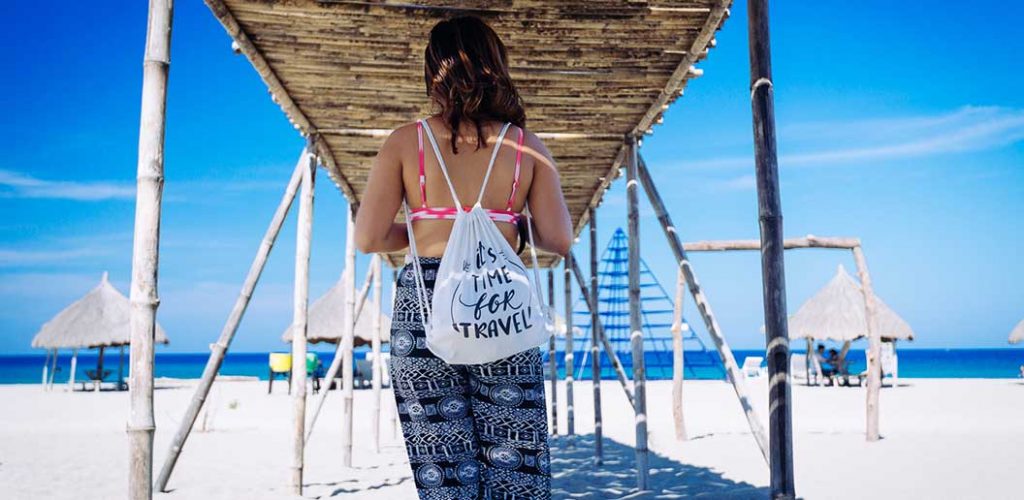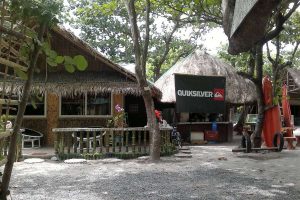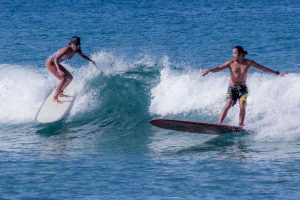The travel and tourism industry is one of the world’s largest industries with a global economic contribution (direct, indirect and induced) of over 7.6 trillion U.S. dollars in 2016. Consultancy UK reports that the industry saw 1.18 billion travellers in international arrivals in the same period, and experts such as David Scowsill, president and chief executive of the World Travel and Tourism Council, expect this trend to continue.
“Whether in a recession or a growth period, the travel and tourism industry is extremely robust. It grows between 1 and 1.5 percentage points faster than the world economy,” he says.
Along with the global growth of the industry, eco-tourism has also been soaring in popularity.
And while all this means more options for consumers, those thinking about embarking on an eco-tour will want to choose wisely to avoid falling prey to those capitalizing on the popularity of eco-tourism by marketing themselves as “green” or “eco-friendly”, without fully implementing its principles.
The first step is understanding what it means. Eco-tourism, as defined by The International Ecotourism Society (TIES), is ”responsible travel to natural areas that conserves the environment and improves the well-being of local people”.
It prioritizes conservation, communities and education, allowing tourists to not just gain new experiences but also enhance their world view through a mindful interaction with their destination.
Over the decades, eco-tourism has evolved with the times, and is no longer confined to ecologically significant locations, but has also spread to other types of communities that have as much to offer as traditional eco-tourism sites and would benefit from the direct support of tourism dollars and exposure.
 The HOT Magazine team recently had the pleasure of staying at the eco-friendly Crystal Beach Resort where they follow a strict adherence to the “3 R’s,” Reuse, Reduce & Recycle. The resort is located in the Zambales province of the Philippines, approximately a 3.5 to 4.5 hour drive from Manila. While we normally like to be ensconced in Five-Star Hotels, Crystal Beach is on the other end of the spectrum which made it a different type of fun, a fun of our youth.
The HOT Magazine team recently had the pleasure of staying at the eco-friendly Crystal Beach Resort where they follow a strict adherence to the “3 R’s,” Reuse, Reduce & Recycle. The resort is located in the Zambales province of the Philippines, approximately a 3.5 to 4.5 hour drive from Manila. While we normally like to be ensconced in Five-Star Hotels, Crystal Beach is on the other end of the spectrum which made it a different type of fun, a fun of our youth.
 First, a little bit about Zambales. Stretching 173 Kilometers on the Central West Coast of Luzon Island fronting the South China Sea, Zambales is the second-largest province of Central Luzon and is one of the less densely populated areas in the Philippines – quite a surprise since the province is just a few hours northwest of Manila. Most of its inhabitants are crammed in the lowland plains toward the coast – the indigenous Aetas (the earliest inhabitants) and the superstitious Sambals (an Austronesian group of people who displaced the Aetas and from whom the Zambales were named after) live in its mountain ranges.
First, a little bit about Zambales. Stretching 173 Kilometers on the Central West Coast of Luzon Island fronting the South China Sea, Zambales is the second-largest province of Central Luzon and is one of the less densely populated areas in the Philippines – quite a surprise since the province is just a few hours northwest of Manila. Most of its inhabitants are crammed in the lowland plains toward the coast – the indigenous Aetas (the earliest inhabitants) and the superstitious Sambals (an Austronesian group of people who displaced the Aetas and from whom the Zambales were named after) live in its mountain ranges.
Zambales has great wreck diving spots and it is actually considered as the wreck diving capital of the Philippines – with most of it concentrated in the Subic area, the former site of one of the biggest naval bases of the Americans in the area. During World War 2, at least 25 Japanese ships were sunk off the Zambales coast – some of which were probably salvaged immediately during the abrupt postwar period to open up Subic Bay for shipping. Rumors have it that there are at least 10 large ships or more that lie in its waters. Aside from World War 2 wrecks, the remains of the San Quentin (sunk in 1898), a wooden gunboat, lies nearby Grande Island. San Quentin is the oldest known wreck in the Subic area.
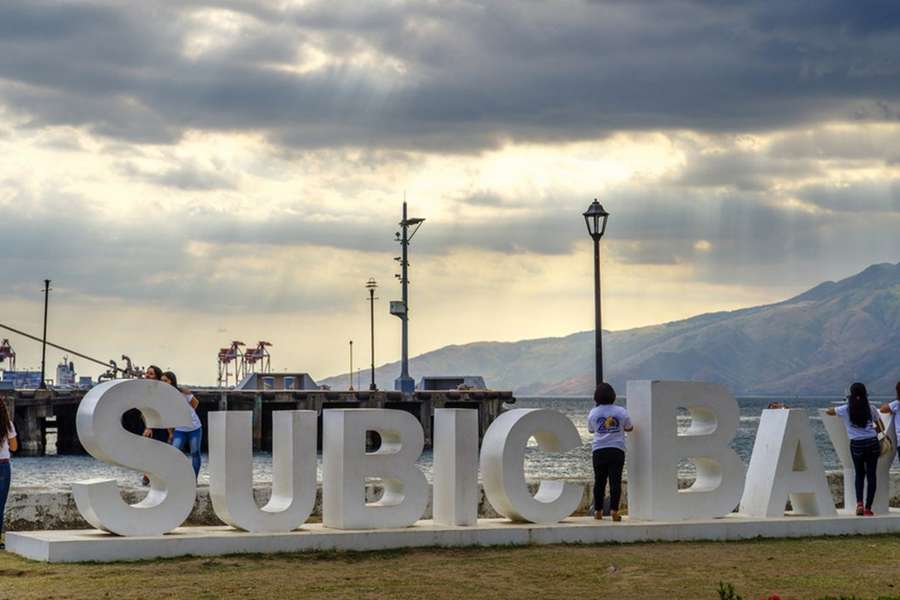 Zambales does not have a functional airport – the closest functional airport is the Clark International Airport in the neighbouring province of Pampanga. Subic Bay International Airport, which is located in Cubi Point in the Subic Bay Freeport Zone is no longer functional for domestic or international flights. The Freeport Zone is host to many tourist attractions which include casinos, parks, malls, beach-side huts, cottages and resorts, as well as historical sites. Zambales has two pronounced seasons: dry from October to June, and wet from July to September.
Zambales does not have a functional airport – the closest functional airport is the Clark International Airport in the neighbouring province of Pampanga. Subic Bay International Airport, which is located in Cubi Point in the Subic Bay Freeport Zone is no longer functional for domestic or international flights. The Freeport Zone is host to many tourist attractions which include casinos, parks, malls, beach-side huts, cottages and resorts, as well as historical sites. Zambales has two pronounced seasons: dry from October to June, and wet from July to September.
Approximately 40 kilometers from the Subic Bay Freeport Zone is the Crystal Beach Resort which is one of the most popular resorts in the area, and it’s easy to understand why. Aside from the fact that the resort can accommodate hundreds of guests, there are also quite a number of spots that most people would refer to as Instagrammable. The very first thing we noticed was how organized the flow was, from parking your car to checking in, it’s quite obvious how over the years they’ve really refined the whole process.
The resort encompasses eight hectare which equates to 50 rai and it is enveloped by Pine Trees. It reminded me of Central Oregon in the States.
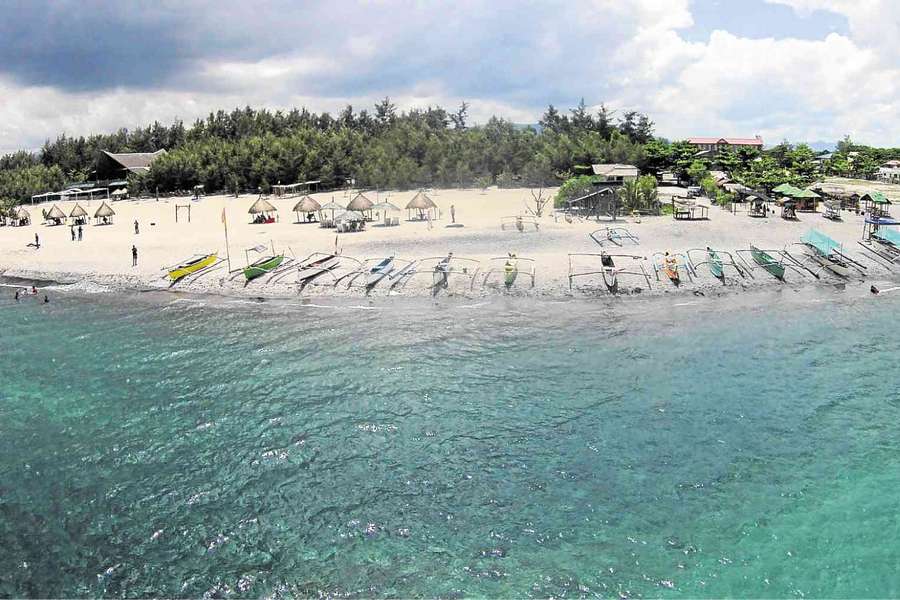 Accommodations vary greatly. On the high end you have their Premier Room which offers air-conditioning and a comfortable covered veranda with nature views. The Premier room doesn’t come cheap, at 8,000 pesos per night, a little over 5,000 baht, it’s in the price range of what some BKK 5-Star hotels charge for a night. The lowest end of accommodation at Crystal Beach is just a spot to pitch your tent. If you don’t have a tent they will rent you one for just 100 pesos or 63 baht a night.
Accommodations vary greatly. On the high end you have their Premier Room which offers air-conditioning and a comfortable covered veranda with nature views. The Premier room doesn’t come cheap, at 8,000 pesos per night, a little over 5,000 baht, it’s in the price range of what some BKK 5-Star hotels charge for a night. The lowest end of accommodation at Crystal Beach is just a spot to pitch your tent. If you don’t have a tent they will rent you one for just 100 pesos or 63 baht a night.
There are plenty of activities to keep you busy here including surf lessons by the Quiksilver School Academy, Swimming with professional lifeguards on duty, Island Tours and Waterfalls Trekking, Basketball, Beach Volleyball and Frisbee, Billiards, Ping-pong and Darts. After a long day of activities, we enjoyed their sports massage. They also offer Swedish massage. The resorts restaurant serves breakfast, lunch and dinner.
The resort promotes itself as a great team building destination. With that in mind it’s not surprising that it has two Conference Halls. The Hall of David, accommodates 40 in a Theatre Set up and the Hall of Moses which can accommodate up to 100 people.
If you don’t want to overnight but do want to use their facilities you’re in luck. Crystal Beach offers day use at 895 pesos, approximately 560 THB of which 395 pesos, approximately 250 baht, is refundable upon checkout.
Fares to Manila from BKK can be had for as low as 5,700 THB round trip and from their you can take a private car or bus to the Crystal Beach Resort. I think what we enjoyed most about our time there was their chilled-out beach. Interestingly, the sand is black and when the sun shines on it the sand shines back at you as if the beach were made of Swarovski crystals.


